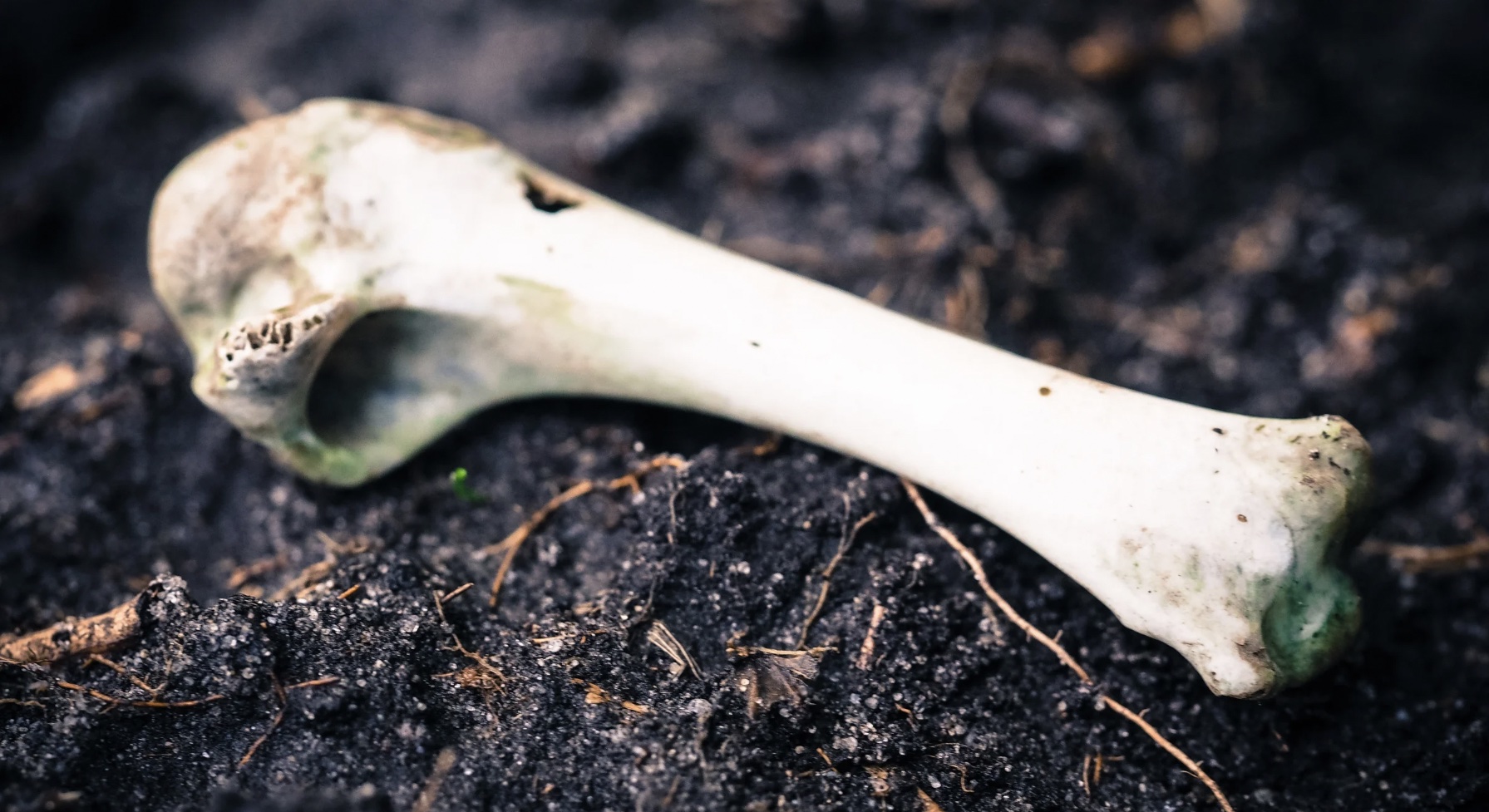A recent discovery has shed new light on the evolution of the ancient human species known as Homo floresiensis, often referred to as “hobbits” due to their small stature. A tiny arm bone, dating back 700,000 years, has provided crucial insights into how these diminutive hominins adapted to life on the Indonesian island of Flores.
Found on the island where Homo floresiensis fossils were first uncovered in 2003, this newly discovered arm bone is the smallest ever found for an adult hominin. At just 88 millimeters in length, the bone was initially thought to belong to a child. However, researchers confirmed it was from an adult, marking it as the smallest upper arm bone of its kind ever recorded.
The study, published in Nature Communications on August 6, supports the theory that Homo floresiensis’ ancestors evolved to be significantly smaller after arriving on Flores, according to The Guardian, “This very rare specimen confirms our hypothesis that the ancestors of Homo floresiensis were extremely small in body size.

However, it is now apparent from the tiny proportions of this limb bone that the early progenitors of the ‘hobbit’ were even smaller than we had previously thought,” said Prof Adam Brumm from Griffith University’s Australian Research Centre for Human Evolution.
The discovery bolsters the idea that Homo floresiensis descended from Homo erectus, also known as Java man, an archaic species similar in stature to modern humans. The researchers found that the arm bone and newly discovered teeth from the same site show similarities to Homo erectus, though much smaller, “The tiny arm bone is similar in anatomy to previously discovered ‘hobbit’ skeletons, while a newly discovered pair of teeth from the same site bear a resemblance to Homo erectus teeth—although much smaller,” Brumm said.
This suggests that the ancestors of Homo floresiensis were already small before arriving on the island, further shrinking over time due to the isolated and unique environment.
One lingering question is how Homo erectus’ ancestors arrived on Flores, given that the island was surrounded by deep sea straits. Stone tools found on the island suggest it was inhabited as early as 1 million years ago.
“It was generally thought that only modern humans with boat technology would have been able to reach an oceanic island surrounded by deep sea straits such as Flores,” said van den Bergh.
While it was once believed that only modern humans with advanced boat technology could have reached such islands, the discovery of these ancient tools and bones now makes the Homo erectus theory more plausible.
Mark Moore, an archaeologist from the University of New England who was not involved in the study, emphasized the significance of the find. He noted that the rapid size reduction of the hobbits over just 300,000 years was a reminder of the power of natural selection. “The evolutionary story of this group of hominins is truly epic,” Moore said.
Other POP! stories you might like:
Research reveals why board games are beloved by people with autism
Women are at risk of dying early if they don’t have enough sexytime, new study claims
The subtle impact of mukbang videos on viewers
Woman jailed for overfeeding dog to death, banned from owning pets
IShowSpeed banned from YouTube after jumping over cars in livestream



